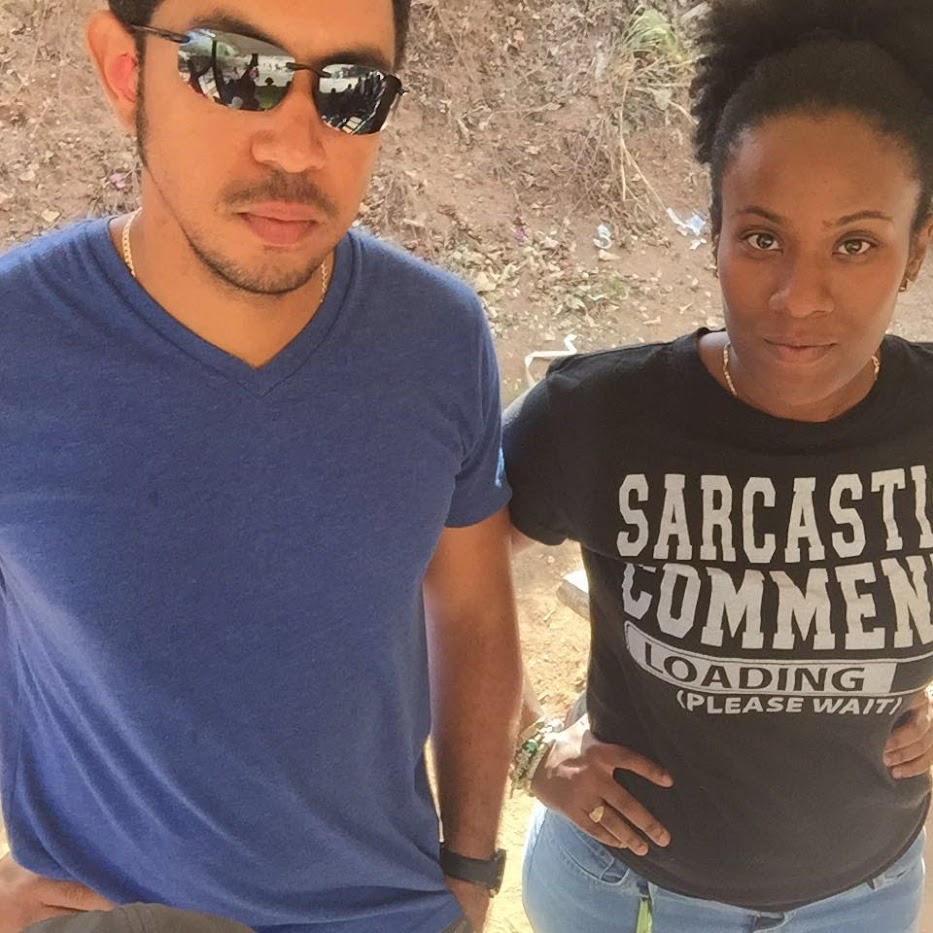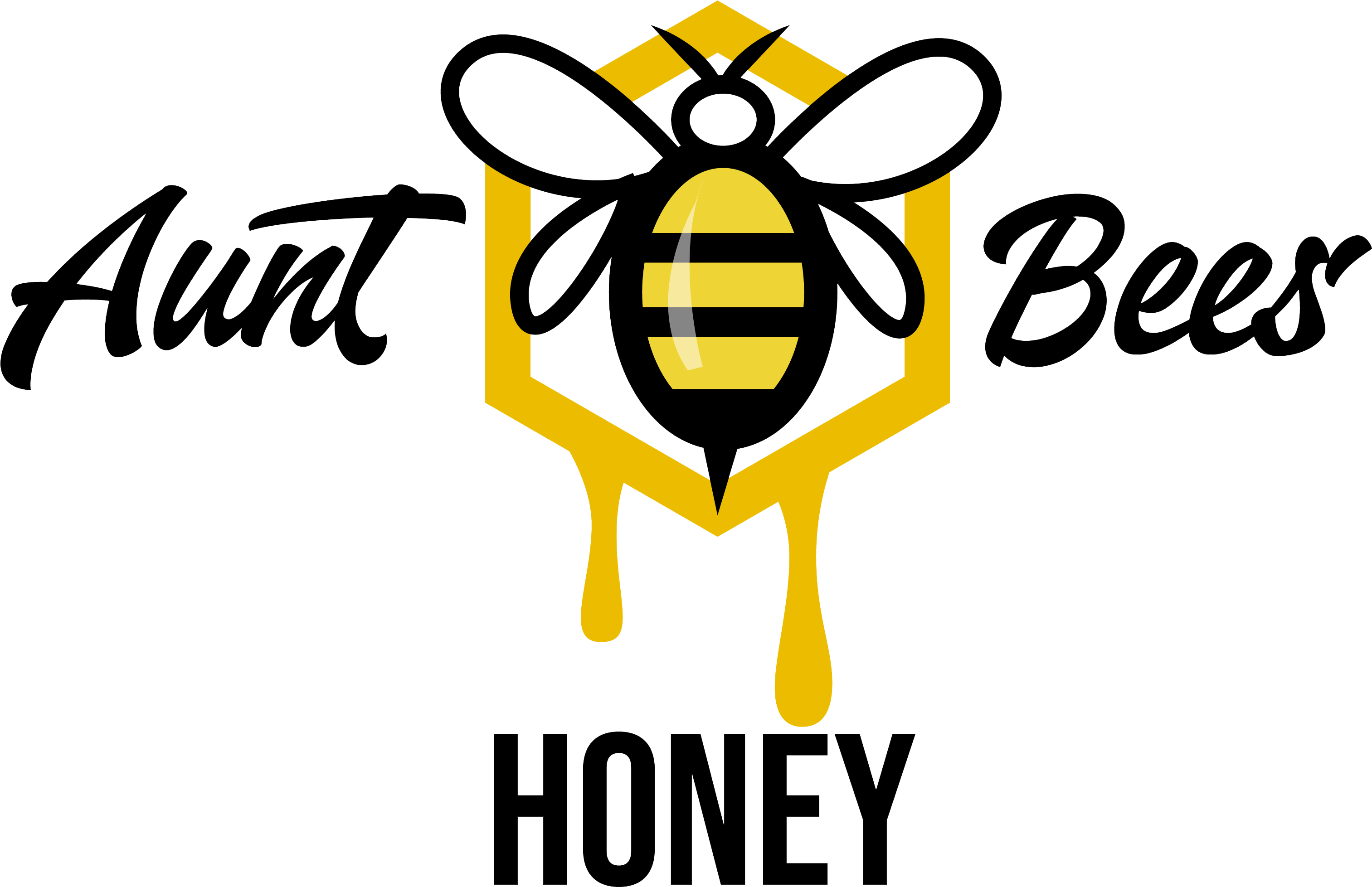
who we are
We are a small family-oriented business with a passion to promote good health with high quality products, packaged for your convenience. OUR PRODUCT 80 years a go my grandmother took on bee-keeping as a hobby. For decades her community marveled at Aunt Bee's Honey. She kept the tradition and passed it on to her family. This was the genesis of todays Aunt Bees brand honey. The same care and attention is incorporated in this product which is now available in convenient packaging to match a healthy lifestyle in the 21st century. Start a healthy diet today with honey. Choose the convenience of our sachets!

Honey Bees
Honey bees are a species of bee that are best known for their production of honey and beeswax. They are social insects, living in colonies with a highly organized social structure. Here are some key characteristics and facts about honey bees:
Social Structure: Honey bees live in colonies consisting of three main castes: the queen, worker bees, and drones. The queen is the reproductive female in the colony, responsible for laying eggs. Worker bees are females that do not reproduce and perform various tasks such as foraging, nursing the brood, and building and maintaining the hive. Drones are male bees whose sole purpose is to mate with a new queen.
Hive: Honey bees build elaborate nests called hives, typically in sheltered places like tree hollows or man-made beehives. The hive is composed of beeswax, a substance produced by the bees.
Honey Production: Honey bees collect nectar from flowers using their long, tube-like tongues (proboscis) and store it in their honey stomachs. They return to the hive and transfer the nectar to worker bees. These worker bees process the nectar by adding enzymes and then store it in honeycomb cells. The bees fan their wings over the nectar to evaporate excess water, transforming it into honey. Honey serves as the primary food source for the colony, especially during winter when flowers are scarce.
Pollination: Honey bees are crucial pollinators of many flowering plants, including numerous crops that make up a significant portion of the human diet. They play a vital role in agriculture by transferring pollen from male flower parts (anthers) to female flower parts (stigmas), enabling the plants to produce fruits and seeds.
Communication: Honey bees communicate through complex dances known as the waggle dance, which conveys information about the location of food sources to other bees in the colony.
Lifespan: The lifespan of a honey bee varies based on its caste. Worker bees live for a few weeks to a few months, drones typically live several weeks, and queens can live for several years.
The decline in honey bee populations in recent years has raised concerns globally because of their crucial role in pollination and agriculture. Efforts to protect and conserve honey bee populations are essential to maintaining biodiversity and ensuring food security.
